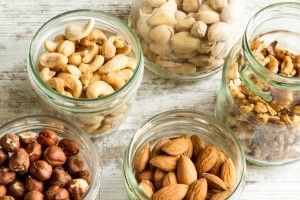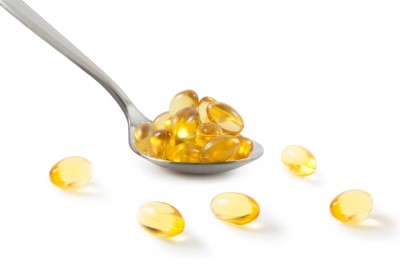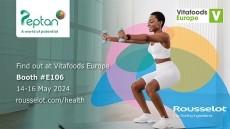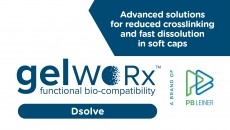Risk-benefit assessment: Weighing up the pros and cons of foods

Last year the Technical University of Denmark (DTU) opened a research unit on the relatively new discipline of risk-benefit assessment, a method it has already applied to nut intakes in the Danish population.
While nuts contain beneficial fats including linoleic and linolenic acid they can also contain carcinogenic toxins from molds called aflatoxins.
Yet using the method the researchers found an intake of 30 g of nuts a day would still do more good for health than bad overall, even if the nuts had high aflatoxin content. National recommendations have already been changed as a result of their findings.
A risk-benefit assessment looks at pros and cons simultaneously, quantifying the overall impact on health using disability-adjusted life years (DALY).
DALY is a measure showing how many healthy years of life are lost due to premature death or quality of life is lowered because of disease.
A risk-benefit assessment weighs up the time that could be gained thanks to the health benefit and the time that could be lost because of the health risk.
Dr Morten Poulsen, head of the DTU research group, told us previous national recommendations in Denmark had advised ‘some’ nut consumption but the national authority had felt uncertain about making stronger recommendations because of the toxin risk.
Conflicting messages
Writing in an article for the Pan European Networks, the group’s researchers said: “Consumers are constantly bombarded with conflicting messages about food. The health risks and health benefits of foods receive ever increasing media attention, but nutritional and health ‘advice’ changes quickly and frequently: ‘eat fish twice a week’; ‘beware of heavy metals and restrict the consumption of fish’; ‘eggs are high in cholesterol’; ‘eat as many eggs as you wish’ – and so on.
“Most of these statements and recommendations are the product of increasing scientific efforts published daily, all valuable and important. The problem is not that they are right or wrong, but rather that they only show one side of the story. How, then, should the consumer react to all this divergent information?”
Instead assessments should try to look at the whole picture, Poulsen said.
Another layer of this was to take into account ‘substitution’. If an individual were to stop eating nuts or fish, for example, what would they eat instead and what are the comparable risk and benefits of that substitute?
The researchers said the method had broad application for single foods, nutrients or different diets like the Atkins diet or eating organic.
This year they would start a risk-benefit assessment using a literature review of wholegrain products, which have positive high-fibre content but also carry risks of inorganic arsenic content.
They would look at linseeds and pumpkin kernel seeds.
A spreading idea
Poulsen said other member states like the Netherlands, France and other Nordic countries were also looking into the use of risk-benefit assessment.
“I can feel there is an increasing interest for it.”
The Danish group was also in talks with the European Food Safety Authority (EFSA), which was "aware and interested" in the concept, he said.
The EU authority published guidance on human health risk-benefit assessment of foods back in 2010, but it currently only performs straight risk assessments.
“I think if we had some better cooperation on this at a European level we could take it to the next level, we could make it even better," Poulsen said.
“I think the next level is not just to say whether you should eat nuts or not eat nuts, but try to say what is the optimal level of certain nutrients.”
















